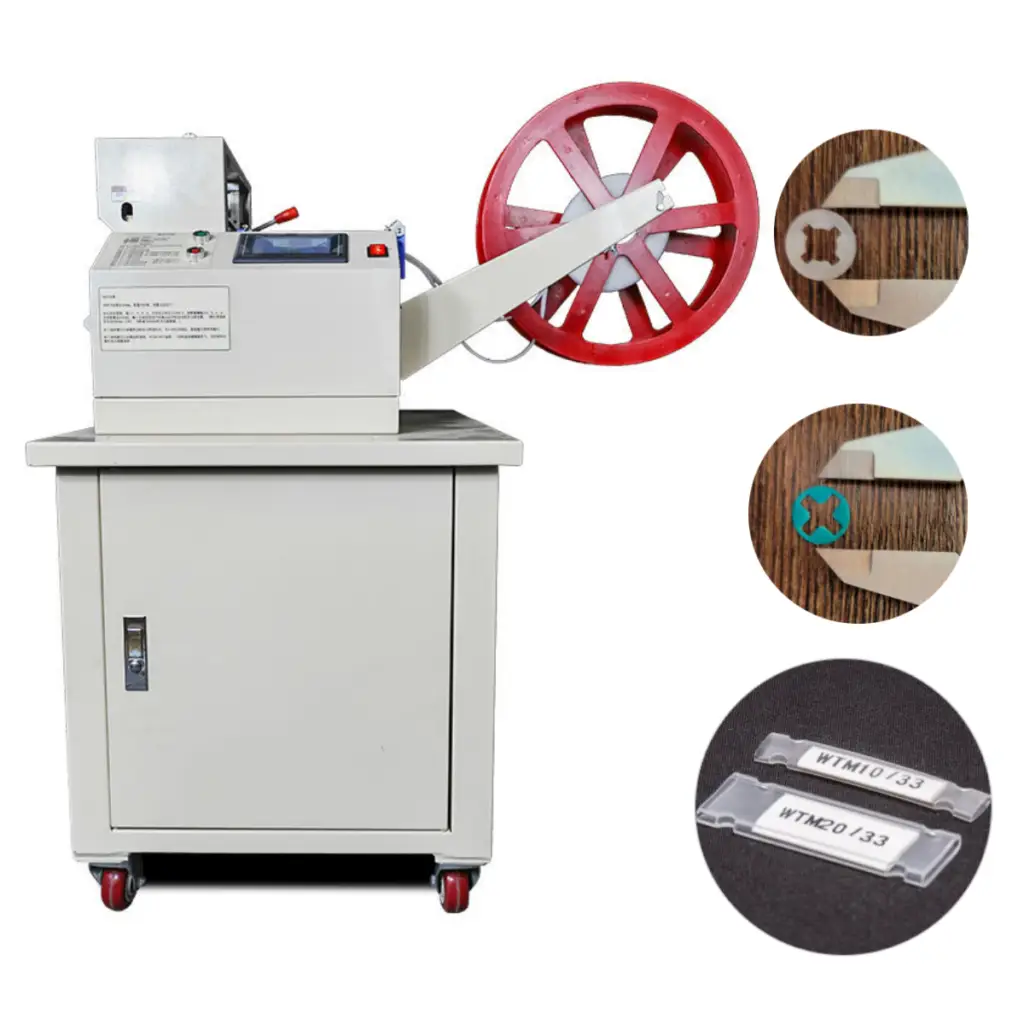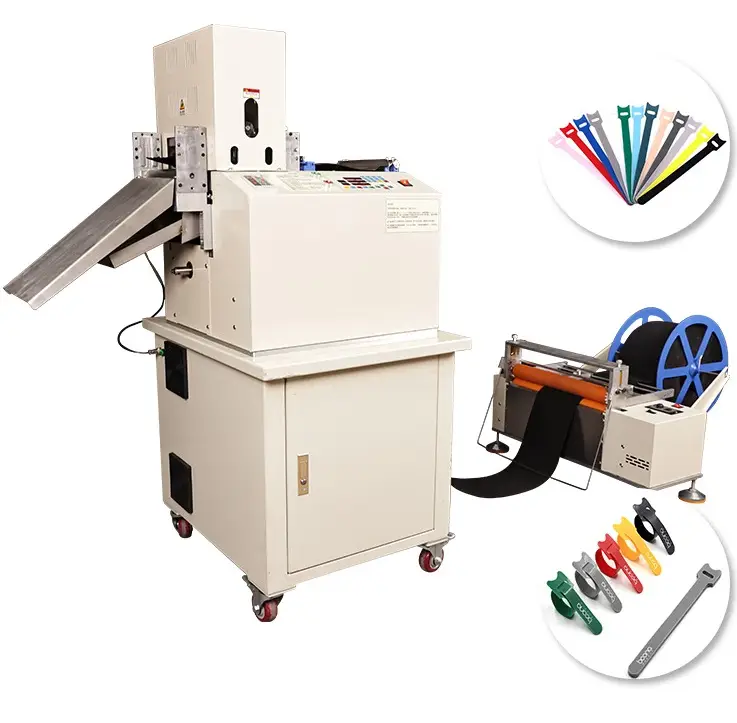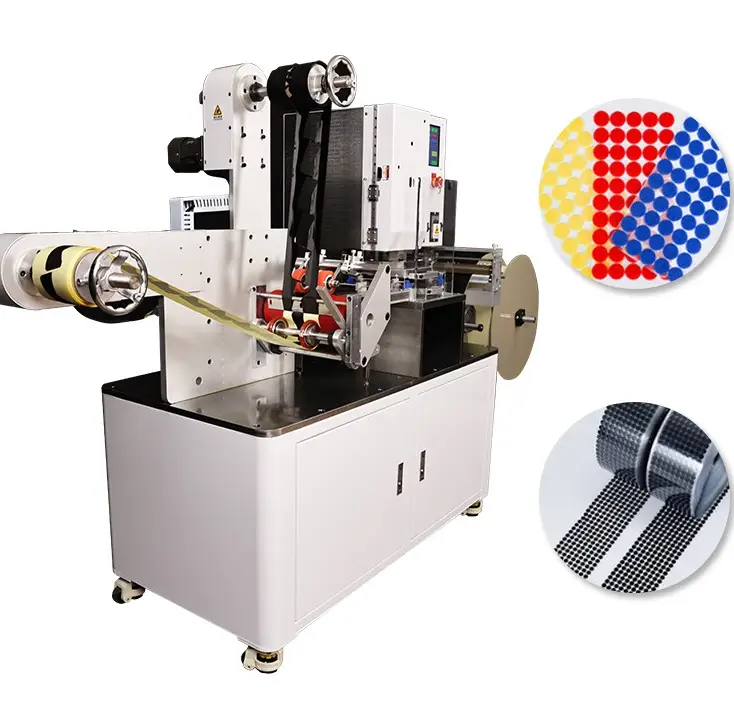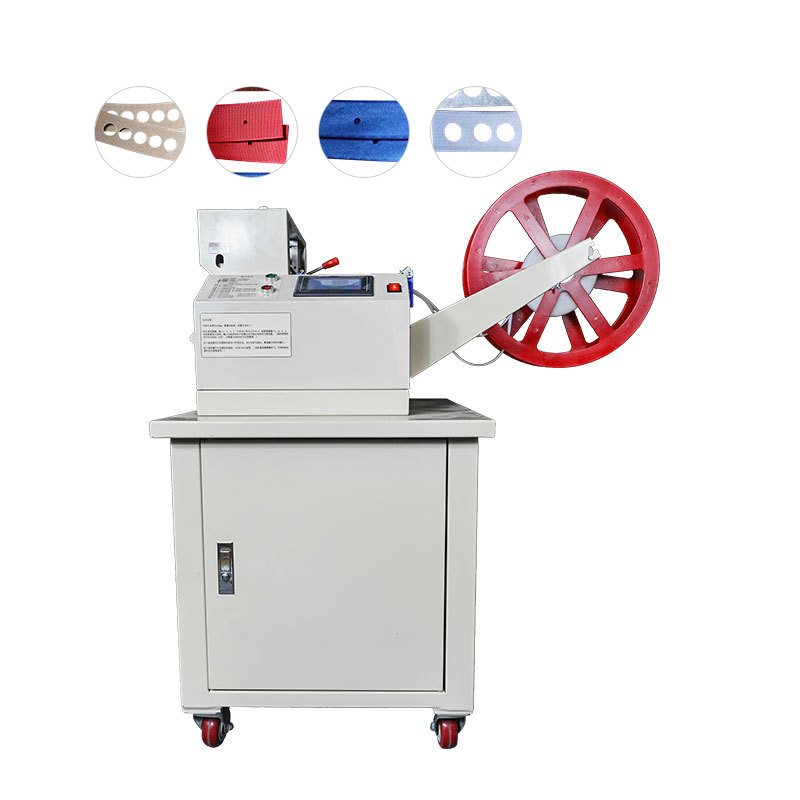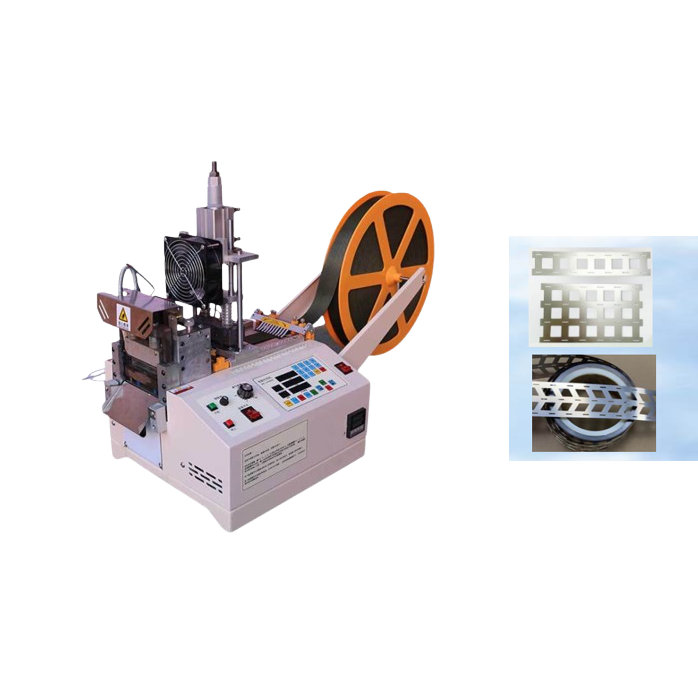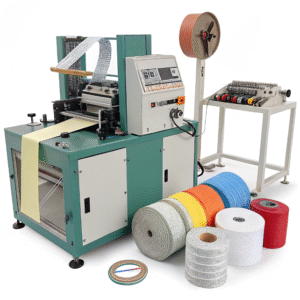What are the critical safety features to look for in an industrial paper cutting machine?
[^1] with adjustable blades for foam PVC and elastic materials](https://hxcuttingmachine.com/wp-content/uploads/2025/06/Title-3-Programmable-cutting-machine-for-plastic-labels-foam-and-elastic.png)
Opening the gate to heavy-duty paper cutting can spark user fear: What if a finger slips? How do I avoid costly accidents? I have felt the same worry when I first chose gear for Suzhou Haoxinhe Electrical Equipment Co., Ltd.
The key safety features include comprehensive guarding, automatic blade locks, two‑hand controls, emergency stops, and safety sensors. They protect operators and prevent accidents on paper film webbing cutting machine lines.
Critical safety features for industrial paper cutting machines1 include blade guards, emergency stop buttons, dual-hand controls, and safety interlocks. These features are essential for preventing injuries from the blade, machine malfunctions, or operator error. Additional features like infrared sensors and light curtains enhance safety by detecting obstructions and preventing machine operation when the cutting area is compromised.
The critical safety features to look for in an industrial paper cutting machine include:
Dual-hand (two-hand) controls: Require the operator to press two buttons simultaneously within a short time to start the cut, ensuring hands are away from the blade during operation and preventing accidental activation. The system also enforces releasing the buttons after each cut (anti tie-down), avoiding bypassing safety.
Infrared safety sensors or light curtains: These detect obstructions such as hands near the cutting zone and immediately stop the machine to prevent injuries. Modern systems often use encoded infrared beams for high reliability.
Blade guards and protective shields: Physical guards cover the blade when not in use, preventing accidental contact. Some machines have automatic blade guards that engage during operation and cover exposed blades.
Interlocking and fixed guards: These prevent machine operation unless all safety covers and guards are properly in place. They reduce “reach-in” accidents by blocking access to moving parts or hazardous zones.
That’s why I write this guide. I will explain each feature and how it matters for buyers like you. It helps you choose machines from HAOXINHE or other top brands.
How can maintenance protocols extend the service life of a high‑volume paper cutting machine?
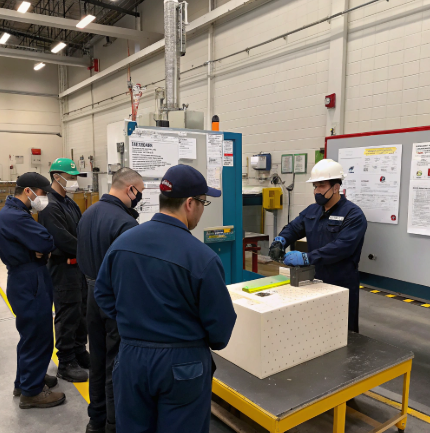
Start with a scary thought: what if your cutting line stops mid‑production? I had that problem when a client missed a daily check and a bearing failed.
Rigorous maintenance—daily cleaning, lubrication schedules, blade inspections, and parts replacement—can double your machine’s lifespan and minimize downtime.
This blog shows why maintenance matters. It also provides a practical protocol you can use today.
What are the critical safety features to look for in an industrial paper cutting machine?
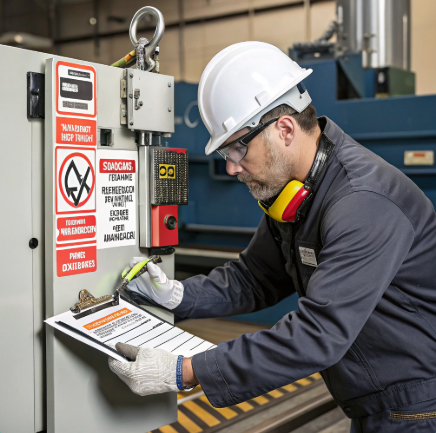
Opening with a fear: paper reels are heavy and blades are sharp. One slip can end production or, worse, injure someone.
The primary safety features include full guarding, blade locking when idle, dual‑hand operation, quick‑stop functions, light‑curtain or laser sensors, and interlock doors that alert the system.
Dive deeper into safety features
When I tour buyers like Mark Chen, they care about machine safety first. Let me break it down.
1. Machine guarding and interlock gates
Guards must cover all moving parts. Interlock gates stop operation when opened. This prevents access to spinning blades or moving holders.
2. Two‑hand control system
This needs both hands to activate the cut. It keeps hands away from the blade path. It’s a legal and practical safety standard in Canada and Europe.
3. Automatic blade lock
When idle, the blade should lock or retract. This stops it from moving without intention. It adds a safety buffer.
4. Emergency stop buttons
Buttons placed on three sides ensure quick shut‑off in case of error. They must be red and easily reachable.
5. Light‑curtain or laser barrier sensors
These detect hands or objects near blade area. If triggered, the machine stops instantly.
6. Safety‑rated control software
Control system must follow SIL standards, with error detection and fail‑safe design.
How can maintenance protocols extend the service life of a high‑volume paper cutting machine?
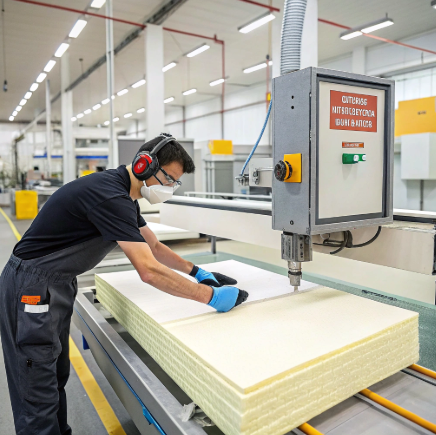
Concern: A busy factory line can wear machines fast. Downtime costs money and reputation.
A strong maintenance plan—including daily checks, blade inspection, lubrication, scheduled part replacement, and record tracking—extends machine life and keeps uptime high.
Dive deeper into maintenance protocols
You might think a machine from Suzhou Haoxinhe will run forever. But without care, even the best gear falters. Here’s my checklist.
1. Daily cleaning and inspection
- Wipe debris and paper dust.
- Check blades for chips.
- Listen for odd noises or vibrations.
2. Weekly lubrication
- Grease bearings, shafts, and guide rails.
- Use manufacturer‑recommended lubricants.
3. Monthly blade sharpening or replacement
- Dull blades cause force spikes and poor quality.
- Track blade hours and plan replacement.
4. Quarterly mechanic inspection
- Check belts, motors, sensors, wiring, interlocks.
- Verify control system logs errors.
5. Annual service
- Send to factory service or certified tech.
- Perform safety audit and calibration.
6. Use maintenance logs
| Task | Frequency | Responsible | Notes |
|---|---|---|---|
| Clean blade area | Daily | Operator | Wipe dust |
| Inspect blade | Daily | Operator | Look for chips |
| Lubricate bearings | Weekly | Tech/Operator | Use proper grease |
| Replace blade | Monthly | Tech | Track blade hours |
| Full inspection | Quarterly | Tech/Factory | Check belts, sensors |
| Safety audit | Annually | Factory team | Calibrate sensors |
- Logs help spot trends like repeated belt wear or bearing heat.
- They also serve as proof during audits or client checks.
7. Training and SOPs
Operators need training on cleaning, handling blades, recognizing wear signs, and how to stop the machine quickly.
Conclusion
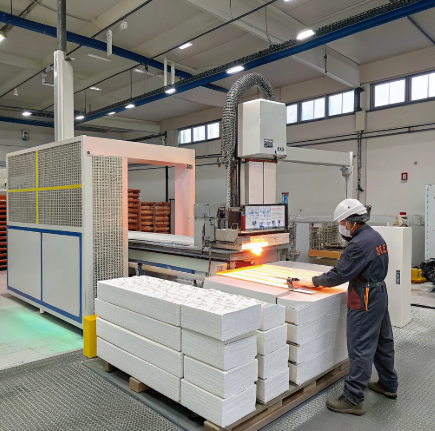
Safety and maintenance are equally vital. Invest in both to get the best out of Suzhou Haoxinhe cutting machines.
Insights
💡 Insight: Safety Isn’t Optional—It’s the Foundation of Profitable Cutting Operations
Over the years, I’ve visited factories where one thing separated high-performing teams from those constantly firefighting: safety culture. Industrial paper cutting machines1 move fast and hit hard—when something goes wrong, the results can be serious. One plant manager once told me, “We didn’t buy a machine. We bought peace of mind.” That stuck with me.
Smart buyers today don’t just look at speed or cutting precision—they demand full safety integration. From dual-hand activation to laser curtains and lockout gates, these features don’t slow you down—they keep you running. A 10-minute injury shutdown costs more than any extra sensor.
Suzhou Haoxinhe’s machines reflect this mindset. Every feature is engineered with operator protection in mind—especially important for companies under strict compliance or insurance audits.
If you’re scaling operations, make safety part of your ROI equation. It’s not just about avoiding harm—it’s about sustaining uptime and building team trust.
Suzhou Haoxinhe Electrical Equipment Co., Ltd.’s webbing tape cutting machine2 and hot and cold cutting machine3 series include built‑in safety interlocks. When combined with structured SOPs and routine maintenance, these features give buyers like Mark Chen reliable uptime and peace of mind.
Explore this resource to understand essential safety features that enhance operator protection and prevent accidents in paper cutting machines. ↩ ↩
Explore this resource to discover top-rated webbing tape cutting machines that prioritize safety and efficiency, ensuring optimal performance. ↩
Explore this resource to understand how hot and cold cutting machines enhance efficiency and safety in industrial applications. ↩
